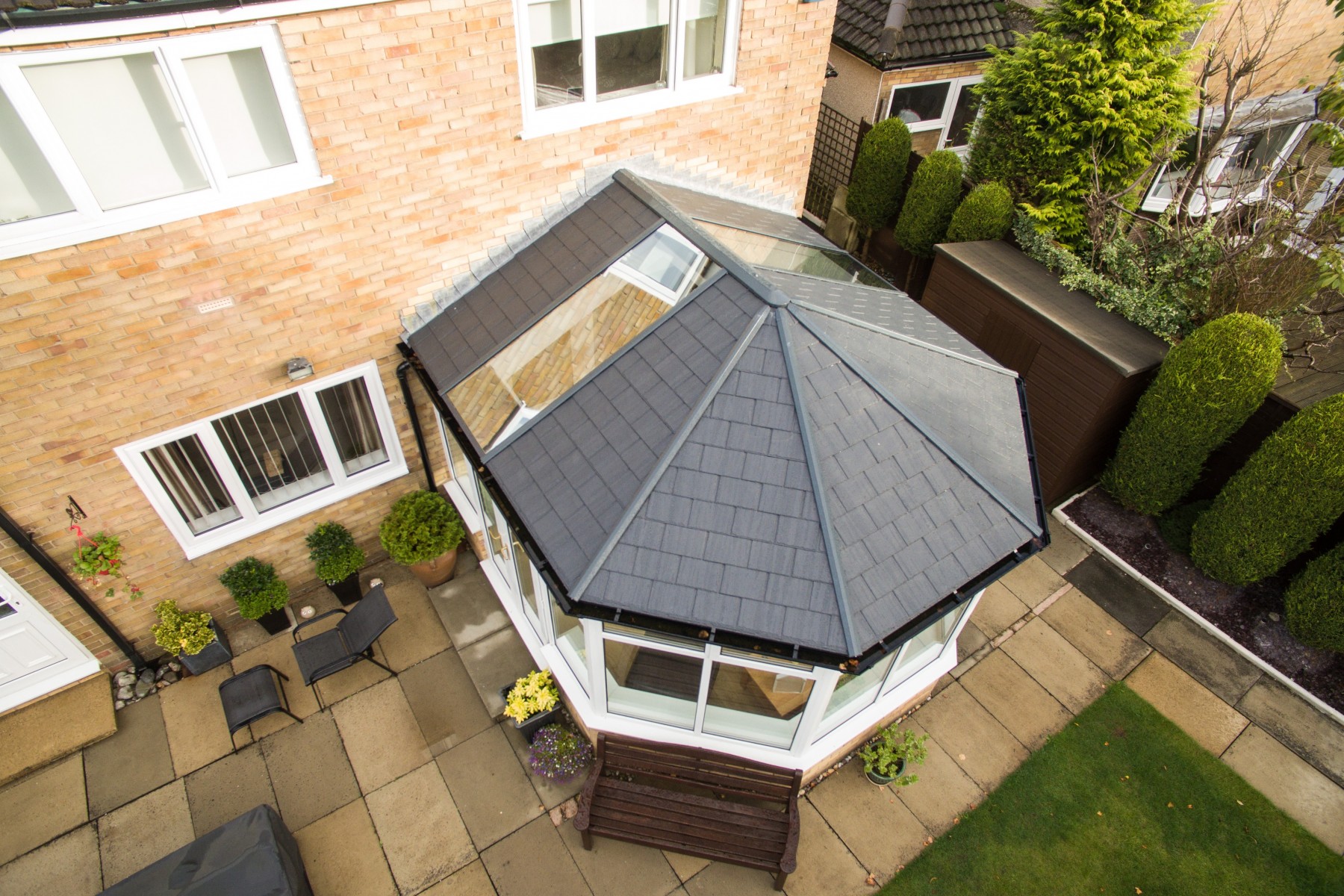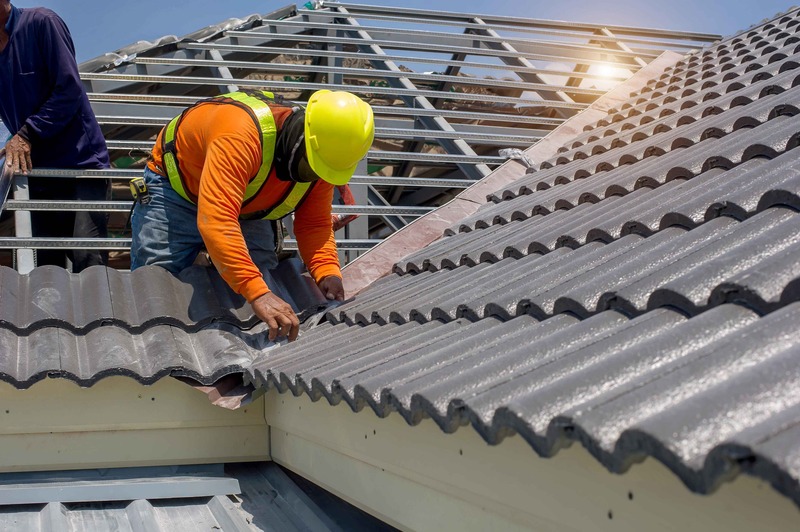Typical Roof Replacement Prices in the UK: Protecting Your Home from the Elements
Typical Roof Replacement Prices in the UK: Protecting Your Home from the Elements
Blog Article
Replacing a roof is a major undertaking for any homeowner in the UK, and it's one that often comes with a significant cost. It is one of the more important tasks in home maintenance, since the roof acts as a barrier to the outside elements. Roofs in the UK are constantly under stress due to unpredictable weather conditions, including strong winds and heavy rain. Roofs naturally degrade over time and may require more than repairs to keep them structurally sound. If you notice that your roof is leaking more often, the tiles are falling, or the insulation has become ineffective, a complete replacement may be necessary. Ignoring these warning signs can lead to costly damage inside the home, including mould, rot, and electrical issues. A new roof not only enhances the appearance of a property but also increases its value and energy efficiency.
In the UK, the lifespan of a typical roof depends heavily on the material used and how well it has been maintained. Slate and clay tiles are traditional choices for British homes and can last 50 to 100 years if properly installed and maintained. Concrete tiles offer a more affordable option and are still durable for 40-60 years. This makes them an attractive choice for homes of today. The life expectancy for felt roofs is usually 20-30 years. They are often found on garages and extensions. While some homeowners may opt for patch repairs to extend the life of their roof, this approach can quickly become more expensive than a full replacement. A professional roof inspection can determine if a replacement is needed and which options best suit the structure and location your home. Factors such as ventilation, roof pitch, and underlayment condition should also be considered during assessment.
Choosing the right materials is a critical decision in the roof replacement process. Slate, clay tiles and concrete tiles are the most popular roofing materials in the UK. Synthetic alternatives, which mimic the traditional look while providing modern advantages, have also become more common. The durability of slate can be up to 100 years. This makes it an excellent choice for older homes. Clay tiles are also long-lasting and have natural insulation qualities, though they can be damaged by freezing temperatures. Concrete tiles are cost-effective and widely used in suburban housing. Some homeowners are turning to lightweight metal or synthetic composite tiles for easier installation and energy efficiency. Selecting materials according to the architectural style of the house, the local building codes, and regional climate is essential. A professional roofer can help guide these decisions based on the specific requirements of each property.
The cost of a Typical roof replacement prices in the UK varies depending on several factors including the size of the roof, the materials chosen, and the complexity of the job. The average cost of a three-bedroom home is between 5,000 to 12,000, but costs may be higher if the house is larger or complex. Labour accounts for a significant portion of this expense, so it's important to choose a reliable and experienced contractor. Ask for written estimates, read reviews and ensure the contractor is certified and insured by an accredited trade association. In some cases, local councils or government schemes may offer financial assistance or incentives for roof replacements that improve energy efficiency. A new roof will add value and peace of mind to your house for many years. To get more details please visit Roofadvisor
The timing of the roof replacement project can have a major impact on its success. In the UK, the best time to undertake such work is during the late spring, summer, or early autumn months when the weather is generally more stable. Rain and wind can cause delays or complications, especially if large areas of the roof are exposed during construction. Emergency roof replacements can be needed at any time, especially if the roof is damaged by a storm. Booking a contractor ahead of time can reduce the wait during busy seasons. Homeowners should also make logistical preparations, such as informing neighbours about upcoming work, arranging parking space for construction vehicles, and preparing for potential noise and disruption. With a realistic timeline and good communication, the replacement process can be managed with minimal inconvenience.
When replacing a UK roof, it is important to ensure that all work adheres to local building codes. You may have to obtain planning approval or building regulation approval depending on the property type and extent of work before you begin the roof replacement. In some cases, particularly in conservation areas or with listed buildings, stricter rules apply regarding the materials and methods used for roof replacements. It is essential to work with a roofer who is familiar with these regulations and can ensure that the replacement is carried out in compliance with all legal requirements. Failure to comply with these regulations can lead to fines and the necessity to replace the roof using approved materials.